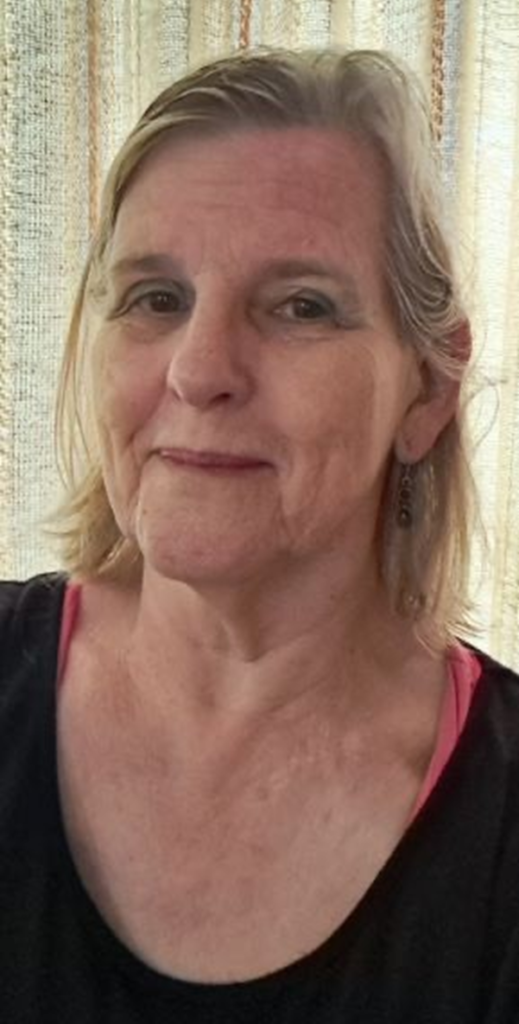New Australian research reveals more than 60,000, or 1 in 400 Australians are living with Hypertrophic Cardiomyopathy (HCM), with many cases remaining undiagnosed and undertreated.
With two main subtypes of HCM – obstructive and non-obstructive – those living with obstructive HCM now have an opportunity to undergo treatment which may potentially change their lives.

Manufactured by Bristol Myers Squibb (BMS), CAMZYOS is a treatment for obstructive HCM which reduces excess contraction of the heart and subsequent obstruction of blood flow to the body, in order to improve symptoms and the ability to exercise.
According to BMS Australia and New Zealand Medical Director, Dr Meredith Edwards, Melbourne, the PBS listing of CAMZYOS represents a significant step forward for the Australian obstructive HCM patient community.
“The reimbursement of this first-of-its kind medicine may help to address an unmet need for Australians living with symptomatic NYHA class II-III obstructive HCM,” said Dr Edwards.
“Previously, when standard medications were ineffective, our only treatment option was invasive surgery,” said Cardiologist and Director of the Hypertrophic Cardiomyopathy Clinic at The Alfred Hospital, and Director of Victoria Heart, Dr Andris Ellims, Melbourne.
“Now, CAMZYOS means we can treat eligible patients with a non-surgical option.”
Watch a short video of Dr Ellims explaining how CAMZYOS works below:
Current Master’s student and senior project manager, Andrew, 56, Brisbane, discovered he was living with HCM during his trip to Fiji in 2017 from cutting his leg on a piece of coral.
While undergoing medical treatment for the infection, Andrew’s GP performed a general health check. He listened to Andrew’s heart, and subsequently identified he was living with obstructive HCM, allegedly at the “serious end of the scale”.
“When a GP finally diagnosed me with obstructive HCM, I thought my life was over.
“After my diagnosis with HCM, my entire family underwent testing for the disease. That’s when we learned one of my nephews also has a predisposition for HCM,” Andrew said.
Compromising his ability to undergo daily activities, Andrew also faced social isolation as those around him struggled to understand the true impact of the disease on him.
“I try to look after myself, and from the outside, I look fit and well. People tell me, ‘You look fine’, but I’m absolutely not.
“I find it hard to convince people there’s something wrong with me, because HCM is an invisible disease,” said Andrew.
Although HCM has taken a professional, mental, and social toll on Andrew, nowadays he continues to remain connected, and engaged as much as possible with his community.

Occupational therapist and mother both living with, and caring for her son with obstructive HCM, Erica, 50, Perth, was diagnosed with the heart disease in 2021. Her son was also diagnosed with obstructive HCM at 16 years of age.
Despite leading an active life, Erica struggled for many years with symptoms of obstructive HCM – dizziness, fatigue, and shortness of breath.
She spent more than a decade modifying her daily exercise routine, and standing up and moving slowly to avoid fainting, on the mistaken assumption she was “simply getting older and more unfit.”
“I was both shocked by, and afraid of my diagnosis. But I also felt quite relieved to have an explanation for my symptoms,” said Erica.
Erica remains positive, encouraging those living with the disease to seek the support of a knowledgeable cardiologist.
“I have a lot to be grateful for, and with the right support, it’s a manageable disease,” Erica said.

Former medical physicist specialising in radiation protection, Mary, 77, Perth, discovered she was living with obstructive HCM in late 2022 after wrestling with unexplained symptoms, such as breathlessness and fatigue, for a quarter of a century.
“I experienced random, but increasingly frequent episodes of my heart pounding, which then returned to normal,” said Mary.
Concerned about her ailing health, Mary was eventually referred to a cardiologist, who diagnosed her with the potentially devastating, progressive, inherited heart disease.
“I have felt down at times, mainly because I can’t walk normally, and my intermittent breathlessness is increasing, and progressing.
“Although I’m prepared to slow down and age with grace, some days this disease leaves me feeling completely exhausted, yet often not sleeping as well as I used to,” Mary said.
“The PBS listing of a new treatment for adults living with obstructive HCM makes it both affordable, and accessible for those in need.”

After falling over her daughter’s dog in her garden, former Department of Education employee, and grandmother-to-two, Shona, 68, Sydney, sought medical advice. That’s when she learned she was living with an ‘enlarged’ heart.
“It was quite a distressing time, but I tried to keep calm for the sake of my children.
“Although I looked confident on the outside, I was full of internal anxiety. For years I ignored how I was really feeling because I just wanted to get on with life,” said Shona.
“Eventually the doctors were confident I was living with obstructive HCM.”
Post-diagnosis, Shona continues to remain positive. She has adapted her lifestyle to allow for the disease.
“These days, I’m much more attuned to my body. I ask for help when I need it. I pace myself, and work hard to maintain a balanced lifestyle,” Shona said.

Given their first-hand experience of living with obstructive HCM, Andrew, Erica, Mary, and Shona respectively, warmly welcome this month’s PBS listing of CAMZYOS for adults living with obstructive HCM, offering those affected, affordable access to the treatment.
